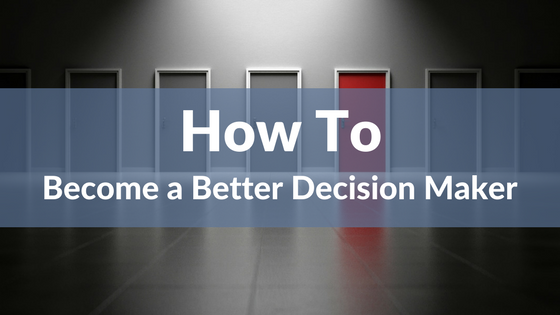To gain a competitive advantage normally costs a lot in terms of effort, resources and investments: therefore it is important to value your competitive advantage and understand what actions can be taken to protect or extend it. Often, companies do not know which are (if any) their competitive advantages and have even less knowledge on the effects of this competitive advantage on their P&L.
How do you measure the impact of your competitive advantage?
A Competitive Advantage is a specific (distinctive) company capability or competency that provides a superior return relative to your competition and can be validated through the eyes of your customer. A distinctive capability is a competitive advantage only if it implies positive bottom line results (superior profitability) and higher top line performances (greater sales).
Measuring the impact of your competitive advantage means understanding to which extent your sales (and profit margins) are due to unique capabilities you are delivering to your customers. Customers are always the ultimate indicator of the value of your competitive advantage: when a customer is willing to pay a premium price he or she has identified a unique capability you offer.
A premium price measurement alone compared to the competitors, however, is not sufficient data for an evaluation. Once you have validated your competitive advantage, and the value per single opportunity (premium price), you need to estimate the potential market in terms of number of clients that have the same needs and therefore are willing to pay for your unique solution.
What is the impact of properly managing your competitive advantage?
An international B2B company we are working with for several years has a strong sustainable competitive advantage which management is aware of particularly from a technical perspective. Previously, it was clear where the performance of this company’s proprietary solutions offered improved performance relative to competitors. What was not clear to the management (and to the sales force) was that target customers were willing to pay a large premium for this improved performance.
The approach of the company was to begin to attack different industries with the same proposition. In this way the sales force was able to sell some products at a premium price but often they were beat by the competition. This was a case where the customer was not the right target (not high emphasis areas of the strategy), and therefore not willing to pay for a specific and unique performance they did not require. This sales inefficiency was damaging the financial performance of the company: they were certainly not getting any benefit even though they had a “well known” competitive advantage.
Working with the management and finding the correct target for their products- considering who was willing to pay for their competitive advantage- the sales force became focused on the “new” emphasis target customers: Top line results increased by a 30% CAGR (calculated over a 3 year timeframe) and EBITDA increased from 5% to 23%.


